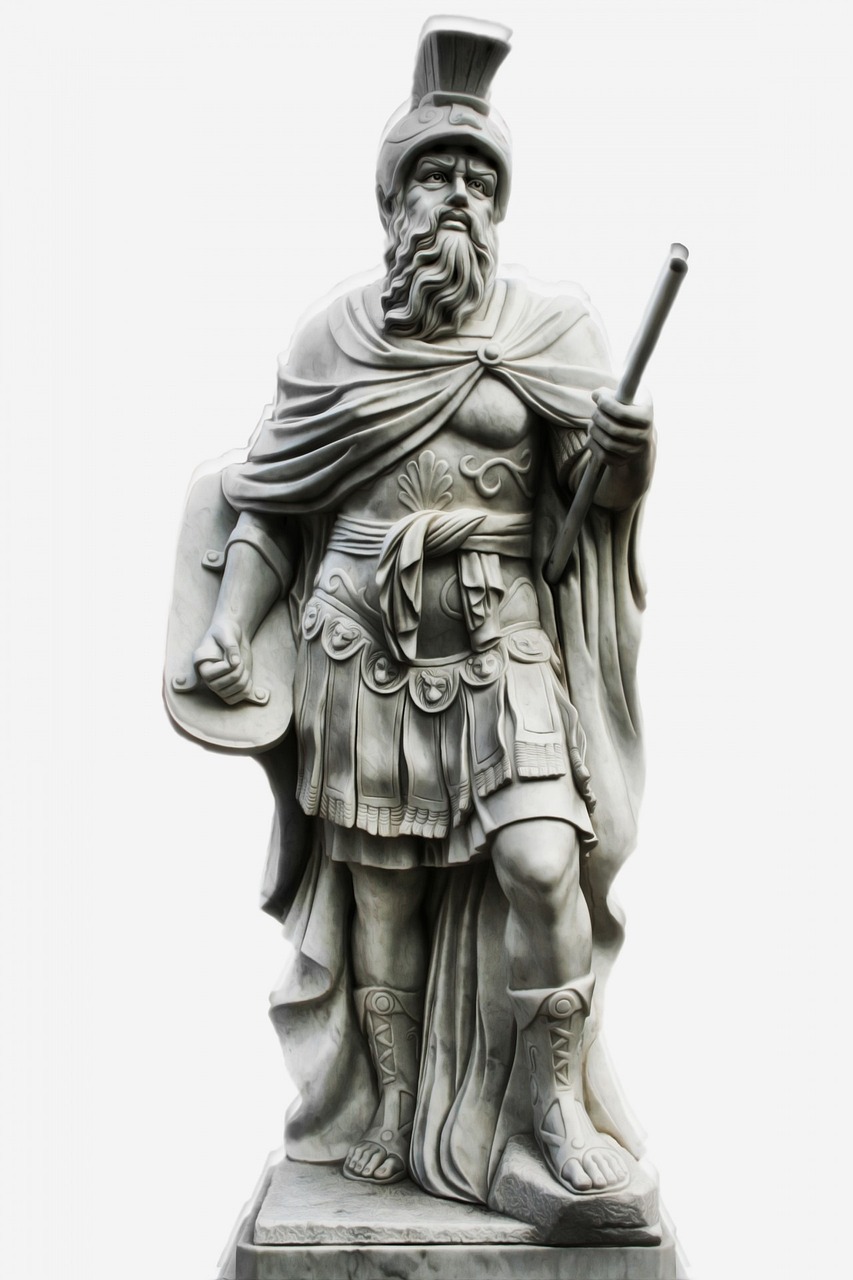Roman Religion: Beliefs and Practices through Time
Roman religion, spanning from ancient times to the rise of Christianity in the 4th century CE, encompasses the beliefs and rituals practiced by the inhabitants of the Italian peninsula during Classical antiquity. Renowned orator Cicero remarked on the Romans’ exceptional wisdom in recognizing that all things exist under the authority of the gods. However, this religion was fundamentally anchored in a mutual understanding, or fides, between humans and deities. The primary aim was to secure the cooperation and goodwill of the divine, referred to as pax deorum, believing such support could help manage the unknown forces that elicited both awe and anxiety—collectively known as religio.
Nature of Roman Religion
The framework of Roman religion was articulated through a set of guidelines known as jus divinum or “divine law.” These guidelines primarily outlined the correct execution of rituals, with minimal emphasis on moral considerations. Consequently, ritual acts were conducted with intense precision, reflecting a rich tradition steeped in patriotism. The ceremonials were so meticulously preserved that traces of early thought emerged despite years of additions and changes. This exhibits a key distinction between Roman religion and its Greek counterpart, where earlier ideologies were often more intricate and abstract.
The Greeks recorded their beliefs at a stage when they had formed complex ideas about divine interactions, a contrast to the orderly and legalistic approach of the Romans, who remained loyal to their archaic practices even in light of external influences. Ultimately, the Romans did not develop a mythology of their own that parallels the richness of Greek narratives. While archaeological findings from regions like Etruria suggest that early Italians did engage with mythical concepts, Roman mythology itself remains limited, often merely reinterpreting existing Greek legends to suit national or familial narratives.
The Landscape of Roman Beliefs
Importantly, Roman religion lacked a formal creed, granting individuals the latitude to interpret the gods as they wished, as long as proper rituals were observed. Emotional expressions were generally considered inappropriate during worship, which further differentiated Roman practices from more emotive religious experiences encountered in other cultures.
Despite the presence of ancient traditions, scholars face challenges reconstructing the development of Roman religion. Much of what is known comes from sources produced centuries after the formation of Rome, such as the works of Varro and Verrius Flaccus, whose accounts were influenced by later Greek ideas. To supplement these narratives, researchers utilize religious calendars, inscriptions, and a wealth of often enigmatic material found on coins and artworks.
Early Roman Religion: Insights from Archaeology
Investigations into early Roman religion rely heavily on archaeological discoveries, which, while insufficient for a thorough reconstruction, indicate that by the early 1st millennium BCE, Latin and Sabine pastoralists settled along what would become Rome. They established communities that gradually merged, and significant developments, like the creation of the Forum Romanum around 575 BCE, marked the beginnings of urban life.
The early Romans, paralleling many other cultures, perceived divine influence in both human and natural functions—such as childbirth or the cycles of the sun. This resulted in an extensive array of deities dedicated to various life aspects. Such deific factors were characterized by clear delineations; thus, utilizing the correct names and titles when addressing them was crucial to ensure divine favor. If the name eluded one, it was advisable to use inclusive phrases, acknowledging the possibility of an “unknown” god.
In summary, Roman religion remained deeply entwined with the daily practices and beliefs of its people, evolving over time yet rooted in an intrinsic respect for early traditions and deific powers.



